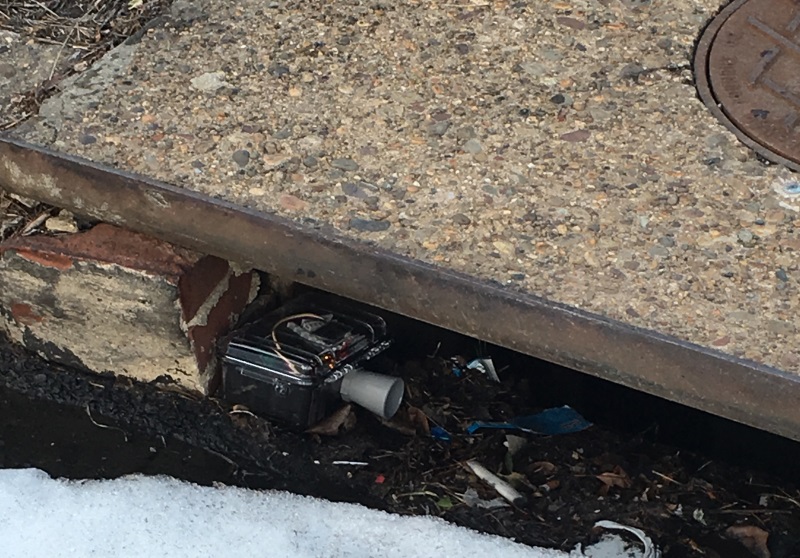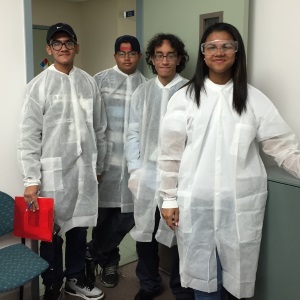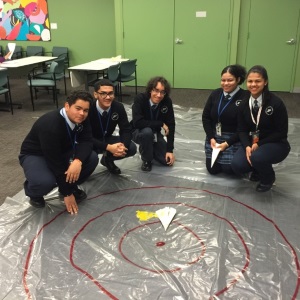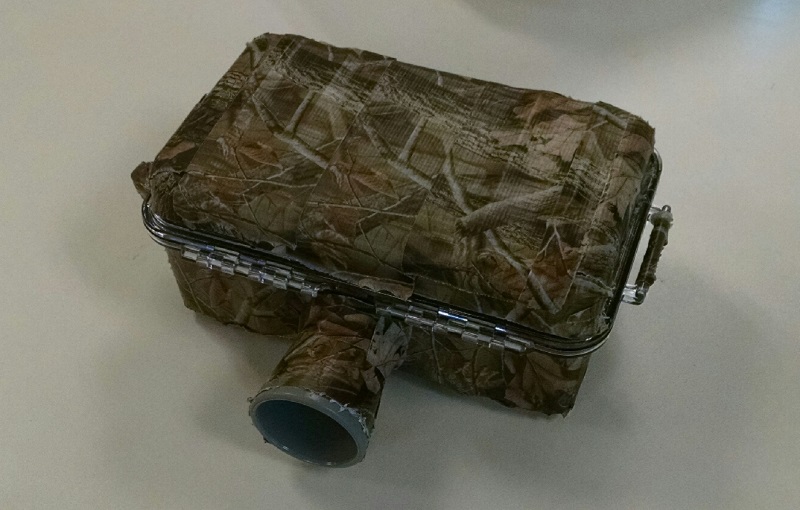The STEM Challenge Club at Mariana Bracetti Academy Charter School partnered with Philadelphia Water to make a Sewer Inlet Monitor, or SIM, a distance sensor that communicates via the 2G cellular network to communicate when sewer inlets are blocked and likely to cause flooding or pollution in rivers and streams. The 10th graders identified a problem in their community (littering), conducted research and analysis on littering behavior and pathways (lots of trash ends up in sewer inlets), and came up with a solution: a waterproof sensor that detects sewer inlet blockages and reports it to the web and social media. When SIM senses an inlet blocked with trash, it sends data to the cloud storage site ThingSpeak and then begins a conversation on the messaging app Slack. The intent is to draw attention to littering behavior via social media and organized citizens’ action.
Imagine how much that would be appreciated by Philadelphia Water’s inlet cleaning crews, who removed more than 21 million pounds of debris from the city’s 79,000 sewer inlets in 2014. Not to mention the fish and other aquatic life in our rivers and streams, where the trash from sewer inlets can end up.
- Learning about how littering affects local waterways at the PWD Lab
- Marking sewer inlets to discourage littering
- Drilling the hole for the distance sensor in an early version of SIM
- Showcasing their teamwork at the local competition
- Winning the local competition and moving onto states
- Smiling at the end of the state competition about a job well done
So, how can you make your own SIM?
Materials

JeeNode: $22
FONA Shield, with Battery and Antenna: $50
GSM 2G SIM Card: $9
FTDI Cable: $18
Distance Sensor: $85
Voltaic USB Battery: $35
Pelican Case: $20
Camo Duct Tape: $4
Silicone Caulk: $4
Assembly
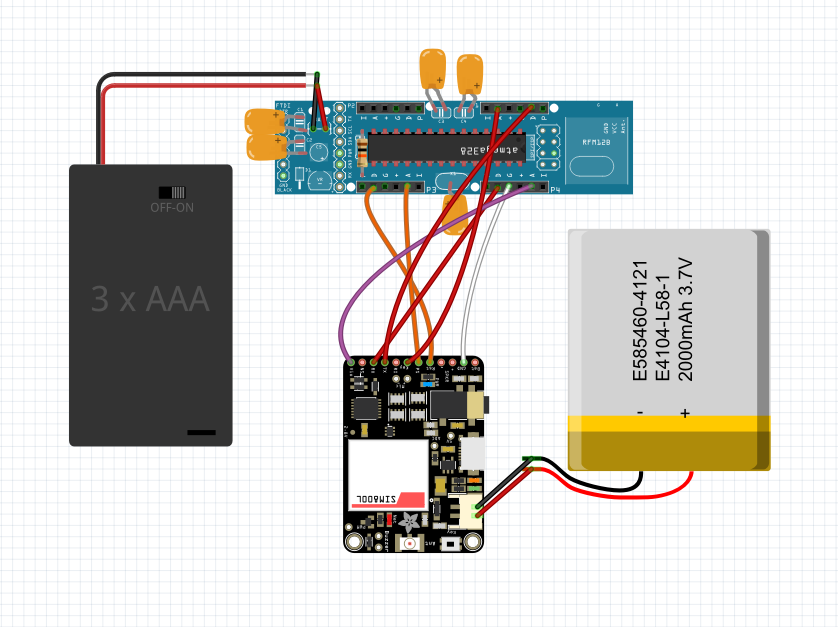
Wire the JeeNode to the FONA and two battery packs as shown above. Because the connections may be difficult to see, the connections are as follows (JeeNode > FONA breakout board):
D1 > FONA RST
A1 > FONA PSD2 > FONA RX
GND2 > FONA GND
A2 > FONA ViO
A3 > FONA KEY
D3 > FONA TX
Not shown in the schematic above is how the ultrasonic distance sensor will connect to the JeeNode’s Port 4 (JeeNode > distance sensor):
A4 > AN
GND4 > GND
D4 > V+
A hand drill with a 3/4″ hole saw bit was used to make an opening in the Pelican case for the distance sensor. Silicone caulk and tape help to secure the sensor and camouflage SIM:
Upload the Code

